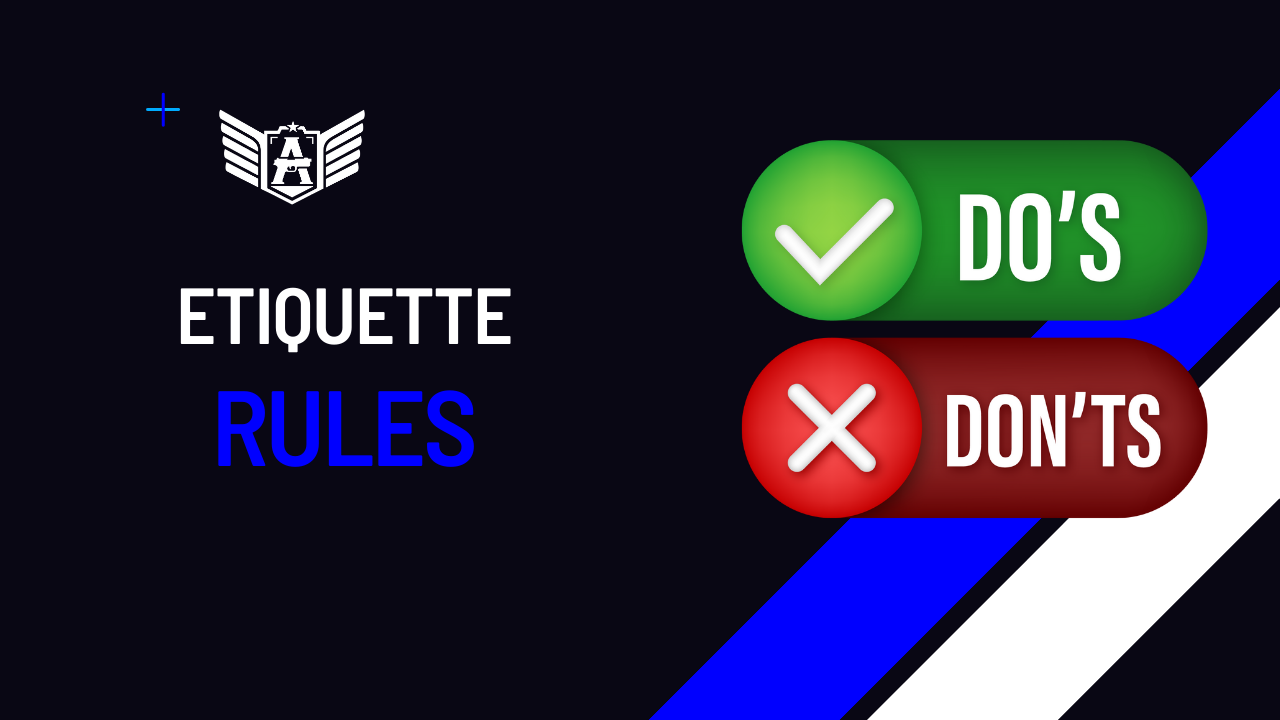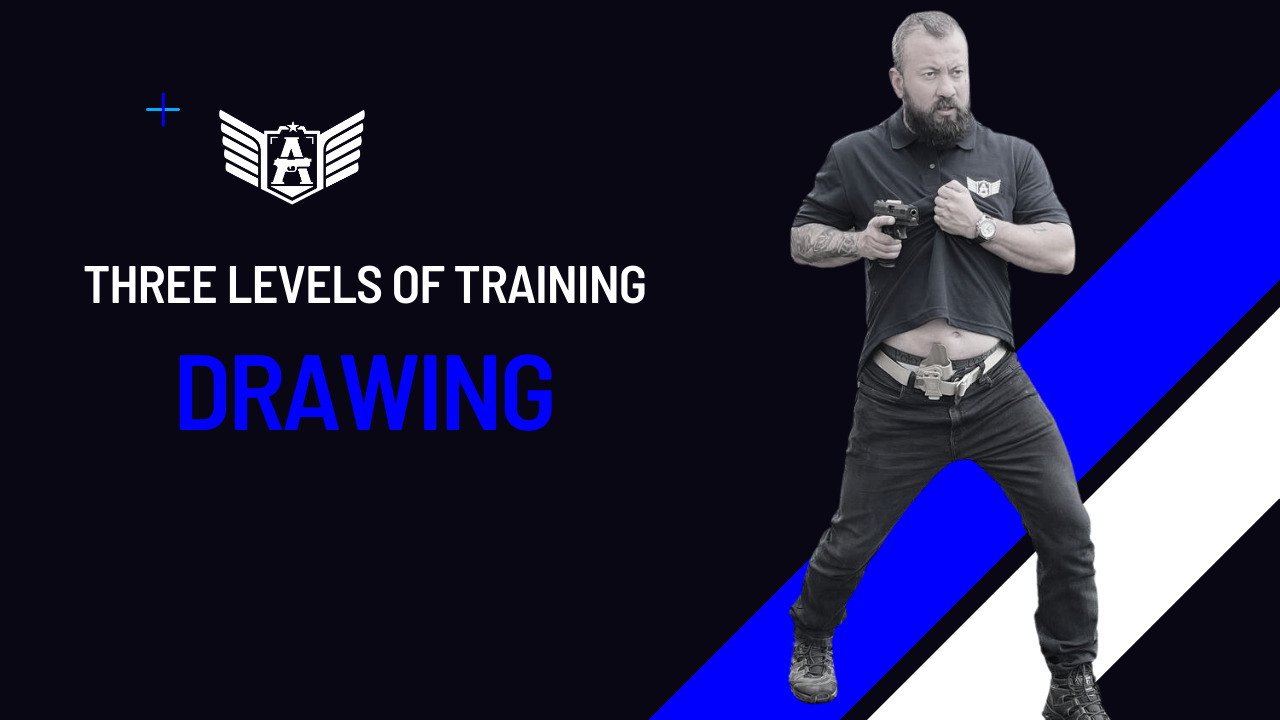Teaching someone how to fight is undeniably one of the most impactful things one can do. When a student entrusts his time to your classes, consciously or not, he is also entrusting you with his own life, or even more importantly, the lives of his family. This should hold significant meaning for any responsible instructor, correct?
However, despite understanding the immense importance of this responsibility, many professionals resort to teaching solely through the repetition of their own learning experiences, which often falls short of optimal.
To assist instructors in improving their interactions with their students, I have compiled these 9 tips that I consider paramount for truly transforming your students’ lives. Take a look:
- Have a clear goal
“Teaching shooting” isn’t specific enough as an objective when planning a class. The instructor must have a very clear purpose for every instruction given, for each drill, for every round fired.
Who is your student? What is his skill level? Does he have good proprioception? Does he have any background in sports? How does he relate to firearms? Does he have a family depending on the security he provides? How much time can he dedicate to training daily? And so on.
By answering these (but not limited to these) questions, you’ll be able to develop a more refined objective for your class, for example: “To provide basic information on pistol use for combat in a civilian environment for first-time shooters”.
Be very clear when differentiating between various types of shooting. If your student is seeking entertainment, it would be pointless to try to teach him combat skills. Similarly, if your student is aiming to learn self-defense, it would be a waste of time to focus on sports shooting, hunting, and so on.
- Use the ABA Triad as a Guide
The ABA Triad encompasses three indispensable parts of a shooting training program: Technique – Metric – Method. I may be biased in saying this, but I am also genuinely confident in stating that programs lacking this basic routine are, at the very least, highly inefficient.
Understanding how to choose a set of combat-oriented techniques is necessary in order to determine which motor patterns to pursue.
Knowing where your student currently stands and where they are supposed to be is a prerequisite for providing meaningful progress.

Developing the most effective method to progress from point A to point B may be the difference between a student who achieves his goals and one who abandons his training.
People who persist in teaching without adequate methodology waste not only money and time but also jeopardize the safety of their students.
- Differentiate Courses from Training
Have you ever taken a moment to understand the differences between these words? How are courses and training different?
A course aims to introduce something new to the student, to teach, to alter the way the student perceives the world. Training, on the other hand, does not seek to teach anything new. Its objective is to provide repetitions and refinement of techniques or tactics already known. If we compare it to an MMA fighter, for example, they first learn the techniques, but they are completely useless until they have enough training to apply them during a fight.
- Create a Lifelong Bond with Your Students
It is imperative that instructors understand their significance in their students’ lives. This generates commitment to the class and to the students themselves. A combat shooting class forms a lifelong connection between instructor and student, regardless of their initial intention. It is much more advantageous for both parties when this bond is willingly established, enabling them to evolve together with confidence and ease.
Long-term memory is influenced by the emotional value attached to something. When you declare your intention to continue supporting your students in combating evil for the rest of their lives, it impacts how they perceive the instruction and the importance they attribute to what you are doing, consequently affecting the results of the training session.
(5) Train frequently
I once heard the saying, “the cobbler’s children have no shoes.” I didn’t like it then, and I still don’t. Actions speak louder than words. While words may convince, actions will truly motivate people to fulfill their duties.
As instructors, we’re supposed to persuade our students to train daily. But how can we do that when we’re not setting the same example for ourselves?
Furthermore, when you train frequently, you also learn to identify some of your students’ struggles with movements, techniques, or with the training itself. By correcting your own mistakes, you gain insight into where your students may also encounter difficulties.
(6) Study frequently
If you’ve been teaching the same thing for years, I have some bad news for you: You’re not evolving, and you’re hindering your students’ development. It’s crucial for a good instructor to learn something new daily in their field.
Teaching is a privilege. Teaching people how to combat evil is an even greater privilege. Make it count: always keep yourself at the cutting edge of science and offer your students the best skills in combat that the world has to offer.
(7) Evolve your teaching skills and methods
There is a vast field of study behind the learning process. How do people learn? How does someone who wasn’t able to shoot become capable of applying new knowledge in the complexities of a life-threatening situation?
Researchers discover something new every single day. It is the duty of a good instructor to be aware of the state of the art, adjusting the way they interact with their students in order to facilitate their journey through learning and training.
(8) Abnegation is key
Ego is the worst enemy of instructors, instructions, and therefore, students as well. I’ve seen countless instructors more concerned with showing off than with learning, so many that I’ve lost count.
These individuals arrive at the ranges boasting about being super-special operators from 75 different units, clad in camouflage, sporting beards, covered in tattoos, and posing for social media photos while regaling amazed students with stories of how they single-handedly took down 387 thugs with just one shot.
Meanwhile, those footing the bill remain defenseless and ensnared in all the bravado that offers them nothing of substance. Teaching is an act of selflessness. The instructor must fade into the background to allow their students to thrive. They are meant to shoot. They are meant to experiment. They are meant to gain confidence.
(9) Safety is paramount
There will always be a trade-off between the realism of training and its safety. While most people learn to swim within an aquarium, they will never be truly prepared to face the ocean. This readiness is only achieved by incorporating real-life scenarios into training sessions. However, it’s also the duty of the instructor to ensure a balance between safety and reality, as having deceased students is not conducive to fighting evil.
The equilibrium between safety and realism depends on various factors such as the technical skills of the students, their psychological preparedness, the training environment, available equipment and facilities, and so on.
When in doubt between providing realism or safety to your students, always prioritize the latter.





